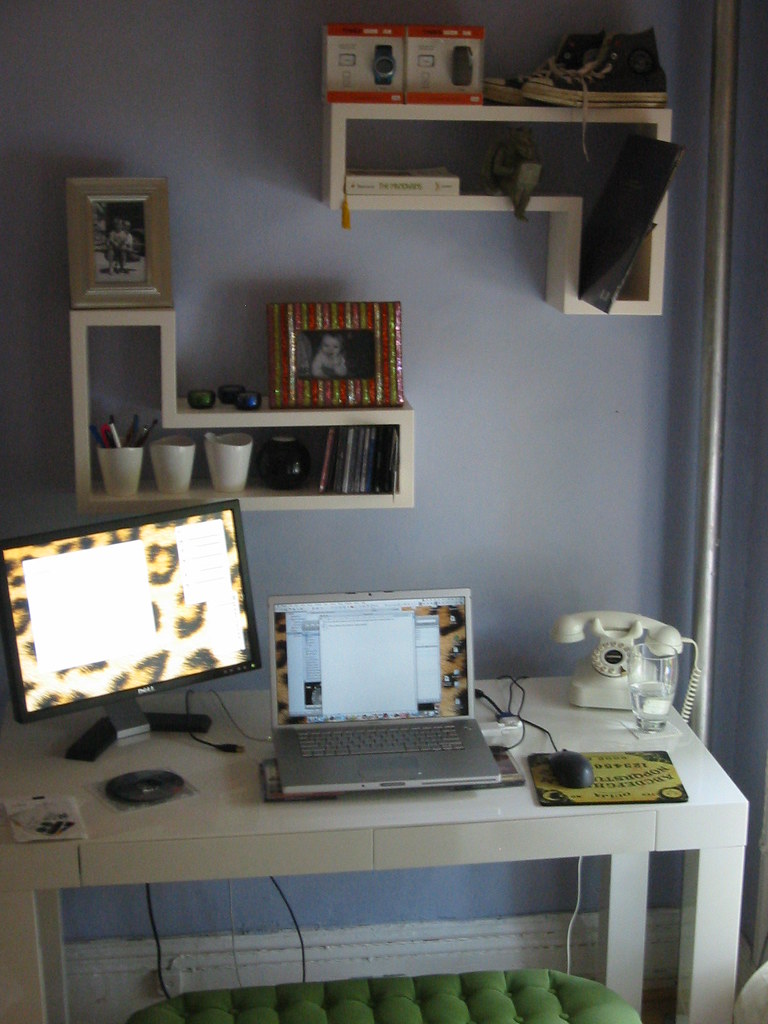Greetings, fellow container home enthusiasts! It’s Lulaa Black here, your friendly container home aficionado, back with another insightful article about the wonders of repurposing shipping containers. Today, we’re diving into a topic that has become increasingly relevant in recent times: the potential of container homes as workspaces. As our world evolves and remote work becomes more prevalent, many are exploring unique alternatives to the traditional office. Could a container home be the answer to your workspace needs? Let’s unpack this idea (pun intended) and explore the viability of container homes as workspaces.
The Container Home Revolution
Before we delve into the workspace aspect, let’s quickly recap why container homes have captured the imagination of architects, builders, and dreamers alike. Shipping containers, those colossal steel boxes, have found new life as versatile building blocks for homes. These containers are abundant, relatively inexpensive, and highly durable, making them an ideal choice for eco-conscious individuals seeking to reduce their carbon footprint.
Container homes have gained popularity not just for their sustainability but also for their quirky, industrial-chic aesthetics. The creative possibilities are endless, with container homes varying from sleek and modern to rustic and cozy. But can this innovative housing solution double as a workspace? Let’s find out.
The Workspace Dilemma
The concept of working from home has transformed from a trend to a way of life. With the rise of freelancers, remote workers, and small business owners, the demand for flexible and inspiring workspaces has never been greater. Traditional offices and coworking spaces are being reimagined, and container homes are entering the conversation.
The Pros of Container Homes as Workspaces

Container homes offer a blank canvas for creativity. You can design your workspace exactly as you envision it, ensuring it reflects your personal style and work needs. Whether you prefer an open, minimalist space or one filled with vibrant colors and quirky decor, container homes can accommodate your preferences.
Working from a container home aligns with eco-conscious values. You’re reusing a shipping container, which might otherwise end up in a landfill, and adapting it into a functional workspace. Plus, the energy-efficient design options available for container homes can reduce your carbon footprint.
The Challenges of Container Homes as Workspaces
Space Limitation while shipping containers are versatile, they have limited square footage. If your work requires ample space or you frequently host clients or collaborators, you may find the confines of a container home restricting.
Insulation and Climate Control container homes can become hot in the summer and chilly in the winter if not properly insulated. Ensuring comfortable working conditions year-round may require additional insulation and climate control systems, which can add to the overall cost.
Container homes may not offer the same level of soundproofing as traditional office spaces. If you live in a noisy neighborhood or have distractions at home, this could impact your productivity.
Real-World Examples
To illustrate the potential of container homes as workspaces, let’s take a look at a few real-world examples of individuals and businesses that have embraced this innovative concept:
The Zen Office Retreat
Imagine having a container home nestled in the serene countryside. That’s precisely what a writer and meditation enthusiast did. She converted a shipping container into a tranquil workspace, surrounded by nature. The minimalist design promotes focus and creativity, and the peaceful surroundings provide inspiration.
The Urban Art Studio
In the heart of a bustling city, a talented artist transformed a container into a vibrant art studio. The colorful exterior draws attention, while the spacious interior offers ample room for large canvases and art supplies. It’s a unique and eye-catching workspace that aligns with the artist’s creative vision.
The Mobile Pop-Up Shop
For entrepreneurs with a passion for fashion, container homes can serve as mobile pop-up shops. These portable workspaces allow designers to showcase their clothing lines at various locations, providing a dynamic and ever-changing shopping experience for customers.
Tips for Success

If you’re considering converting a container into a workspace, here are some tips to ensure your venture is successful:
Plan Thoughtfully
Carefully consider your workspace requirements, design preferences, and budget before starting the conversion process.
Consult with Professionals
Seek advice from architects, builders, and contractors experienced in container home construction. They can help you navigate the complexities of container modifications and ensure compliance with local regulations.
In Conclusion
Container homes have certainly earned their place in the world of alternative living, and as we’ve seen, they can also make fantastic workspaces. Their adaptability, sustainability, and affordability make them an attractive option for those looking to create a unique and functional workspace.
However, it’s essential to acknowledge the challenges and potential limitations, particularly in terms of space and insulation. Converting a shipping container into a workspace requires careful planning, professional guidance, and a willingness to address any regulatory hurdles.
Ultimately, the viability of container homes as workspaces depends on your specific needs, preferences, and circumstances. If you’re drawn to the idea of a container home workspace and are willing to put in the effort to make it work, you may find yourself with a one-of-a-kind, inspiring place to work and create.
So, whether you’re an artist seeking an urban oasis, a writer yearning for a tranquil retreat, or an entrepreneur with a flair for the unconventional, consider the exciting possibilities that container homes offer for your workspace dreams. It’s time to think outside the box—the shipping container, that is!



















Find Us on Socials